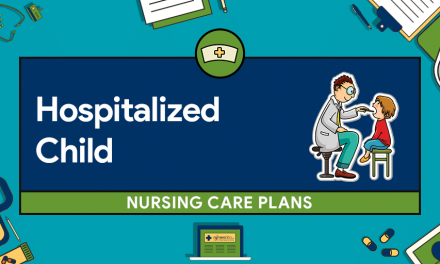In this article, we will discuss the importance of pre-operative assessment and communication of patient risk factors. We will also discuss fluid volume depletion during postoperative care and effective communication between the perioperative team and primary care provider. Hopefully, this article will be helpful for you and your patients. If you have any questions, please feel free to contact us. We are happy to answer any of your questions about perioperative care and surgery.
Pre-operative assessment
The importance of pre-operative assessment for surgery and perioperative nursing care is widely recognized, but its actual implementation is not well understood. The purpose of a preoperative assessment is to identify the risk factors for surgery, and the perioperative nurse may be the conduit for presenting nursing concerns to other healthcare providers. Pre-operative assessment can also provide nurses with information about the needs of patients during and after surgery.
A preoperative assessment is an important part of the preoperative process, allowing surgeons to tailor the type of care they provide to each patient. This service is a valuable part of patient care, and is carefully planned. It gives nurses the opportunity to ensure the comfort and safety of patients, while also reducing regional variations in practice. The benefits of pre-operative assessment include improved patient satisfaction, fewer cancellations and long wait lists, and increased organisational satisfaction.
Communication of patient risk factors
A scoping review identified seven studies that addressed the issue of patient risk communication before surgery. Six of these studies involved the use of a personalized risk calculator and four included the perspectives of both patients and healthcare professionals. Overall, these studies supported the hypothesis that personalized preoperative risk communication can improve the accuracy of information provided to patients and improve consent processes and patient outcomes. However, methodological limitations of these studies should be addressed to maximize the effectiveness of personalized risk communication.
The timeframe of the perioperative process limits the scope of patient communication. Although traditional perioperative care involves brief interaction between perioperative nurses and patients, the growing trend towards personalized care has made it possible to make the process more efficient and effective. Preoperative assessment can help nurses communicate patient risk factors to other health care providers and facilitate patient safety. By identifying these risks in advance of surgery, a perioperative care plan can be created that takes account of them.
Fluid volume depletion during postoperative care
While fluid volume depletion is a common complication of postoperative care, there are ways to reduce the volume of intraoperative fluids. Postoperative fluid management should maintain adequate organ perfusion while limiting the administration of fluids. Fluid management protocols have been proposed, including active de-escalation and restricted continuous fluid administration. During fluid challenges, clinicians should consider the following: the objective, the limits, the patient’s response, and the maintenance of adequate tissue perfusion and oxygenation.
Increasingly, elderly patients are presenting for surgical evaluation. Current advances in medical science have made it possible to safely and effectively treat these high-risk patients. As a result, perioperative care for the elderly is becoming increasingly important. In a recent retrospective study, a multi-modal restrictive fluid strategy was associated with improved outcomes. Fluid management should be tailored to each patient’s unique condition.
Communication between primary care team and perioperative team
The study of communication between perioperative teams and primary care providers has revealed that surgeons and nurses are not always on the same page. This disconnect is due to different roles in the team, resulting in a higher risk of complications. Physicians are also not always aware of their patient’s needs. Using the SBAR technique helps health care providers understand each other’s roles and communicate effectively with one another.
In the United States, healthcare is naturally complex, and this is compounded by the fact that surgery accounts for over half of hospital admission costs. However, there are many steps to take to improve communication. The first step is to ensure that patients receive the care that is right for them. This may sound simple, but there are many barriers that stand between patients and doctors. This is why improving communication between the two teams is crucial.





